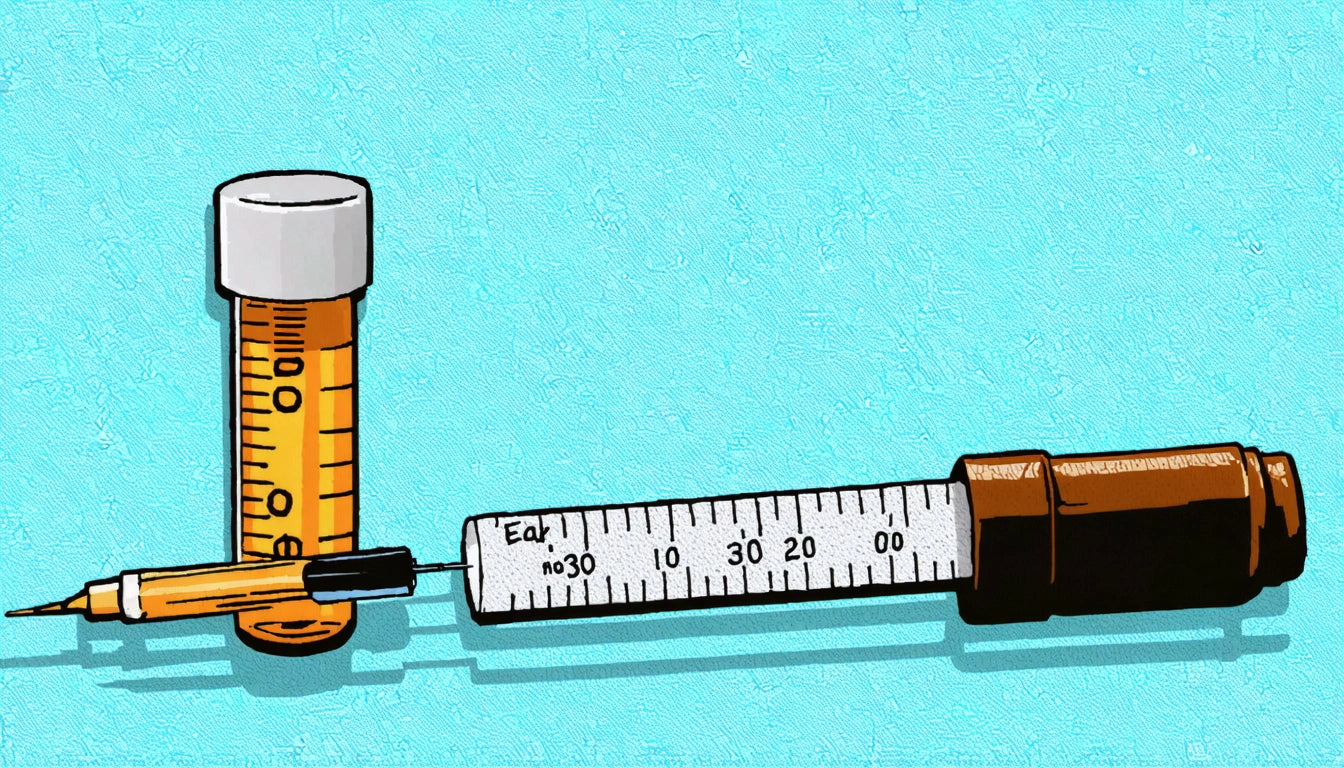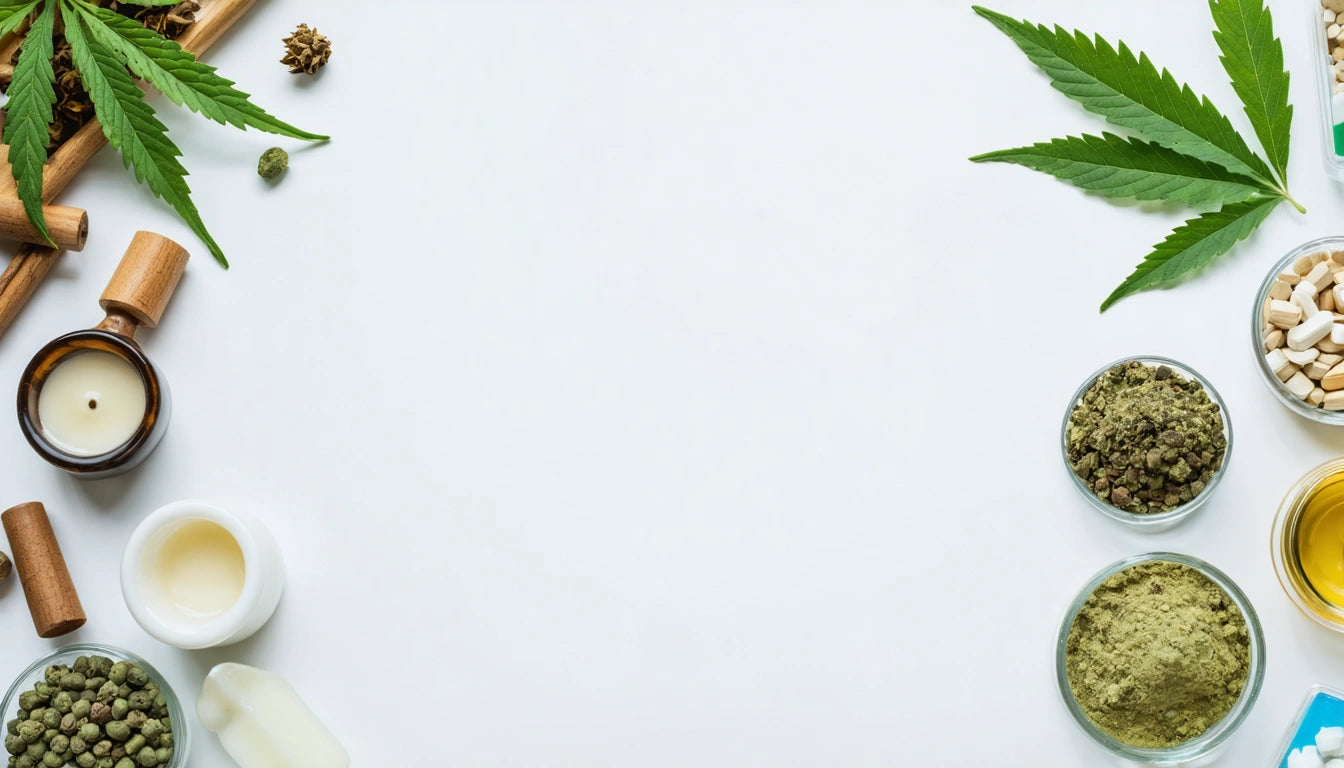Table of Contents
- Common Testing Methods for Marijuana Detection
- Detection Windows: How Long Weed Stays in Your System
- Workplace Testing Policies in Legal States
- Common Myths and Misconceptions About Weed Testing
- At-Home Testing Options for Cannabis Users
- Future Considerations for Cannabis Testing in Changing Legal Landscapes
Understanding Marijuana Detection: What You Need to Know About Drug Testing for Weed
As cannabis legalization expands across the United States, questions about marijuana detection in drug tests have become increasingly common. Whether you're concerned about workplace testing, wondering if secondhand smoke could affect results, or curious about detection windows, understanding how drug tests identify cannabis use is essential information in today's evolving landscape.
Common Testing Methods for Marijuana Detection
Drug tests don't detect THC itself but rather its metabolites, primarily THC-COOH, which remains in the body long after the psychoactive effects have worn off. Several testing methods are commonly used to detect marijuana use:
Urine Tests
Urine testing is the most common method for detecting cannabis use. These tests look for THC-COOH, which can be detected for days or weeks after use, depending on frequency of consumption. According to research on detection methods, urine tests typically have a cutoff level of 50 ng/mL for initial screening, with confirmatory tests using a lower threshold of 15 ng/mL.
Blood Tests
Blood tests detect active THC in the bloodstream and are more commonly used in situations requiring evidence of recent use, such as driving under the influence cases. Blood tests can detect weed for approximately 1-2 days in occasional users and up to a week in frequent users.
Saliva Tests (Mouth Swab)
Increasingly popular for roadside testing, mouth swab tests detect recent cannabis use, typically within the past 24-48 hours. These tests are gaining popularity due to their non-invasive nature and ability to detect very recent consumption.
Hair Tests
Hair follicle tests can detect THC metabolites for up to 90 days, making them the longest-reaching testing method. However, they're also more expensive and less common in standard employment screening.
Detection Windows: How Long Weed Stays in Your System
The detection window for cannabis varies significantly based on several factors:
- Frequency of use (occasional vs. regular)
- Metabolism and body fat percentage
- Potency of the cannabis consumed
- Testing method employed
- Hydration levels and overall health
According to comprehensive research on detection windows, cannabis can typically be detected for:
- Urine: 3-30 days (depending on usage patterns)
- Blood: 1-7 days
- Saliva: 24-72 hours
- Hair: Up to 90 days
For consumers concerned about testing, proper storage of cannabis products is essential. Many users opt for specialized storage solutions that maintain product freshness while providing discreet, compliant packaging that helps track consumption amounts.
Workplace Testing Policies in Legal States
One of the most common questions is "do companies still test for weed" in states where it's legal. The answer is complicated and varies by state, industry, and company policy.
In some legal states like California, employers have limitations on when they can test for marijuana. California's employment laws now protect off-duty cannabis use in many situations, though exceptions exist for federal contractors and safety-sensitive positions.
Similarly, other legal states have varying approaches to workplace testing. Some key points:
- Federal employees and contractors are still subject to federal drug testing requirements, regardless of state law
- Safety-sensitive positions (transportation, healthcare, etc.) typically maintain zero-tolerance policies
- Many private employers in legal states are moving away from pre-employment marijuana screening
- Some states have explicit employment protections for medical cannabis patients
Common Myths and Misconceptions About Weed Testing
Can Secondhand Smoke Cause a Positive Test?
Many wonder if simply being around cannabis smoke can lead to a positive test. According to research on secondhand exposure, it's highly unlikely that passive exposure would result in a positive drug test under normal circumstances. However, extreme exposure in poorly ventilated spaces could potentially lead to detectable levels, though still typically below cutoff thresholds.
Can Drug Tests Distinguish Legal from Illicit Cannabis?
A common question is "can a drug test determine street weed vs legal weed" or "can drug test tell medical weed vs street weed." Currently, standard drug tests cannot differentiate between cannabis obtained legally or illegally. They simply detect metabolites, not the source of the cannabis.
Do Smoke Detectors Detect Cannabis?
Standard smoke detectors are designed to detect particles in smoke, not specific substances. While heavy cannabis smoke might trigger some detectors, they don't specifically identify cannabis. More sophisticated detectors designed for cannabis exist but are not commonly used in residential settings.
At-Home Testing Options for Cannabis Users
For those concerned about potential drug testing, at-home test kits provide a way to check THC levels before an official test. The best at-home drug test for weed typically uses urine testing with similar cutoff levels to standard employment screens.
These tests are widely available online and in pharmacies, offering a private way to determine if THC metabolites are present at detectable levels. However, their accuracy varies, and they should be considered preliminary indicators rather than definitive results.
Future Considerations for Cannabis Testing in Changing Legal Landscapes
As cannabis legalization continues to expand, testing protocols are evolving. Several trends are emerging:
- More employers are removing THC from standard drug panels in legal states
- Research is advancing on impairment testing rather than presence testing
- Sports organizations like the NFL and NBA have relaxed cannabis testing policies
- State laws increasingly protect medical cannabis patients from employment discrimination
The disconnect between federal prohibition and state legalization creates ongoing challenges for testing policies. As research continues to advance on cannabis detection and impairment measurement, we can expect more nuanced approaches to emerge that better balance safety concerns with recognition of legal cannabis use.
Understanding the complexities of marijuana detection empowers consumers to make informed decisions about cannabis use in relation to potential testing situations, whether for employment, legal, or personal reasons.











Leave a comment
All comments are moderated before being published.
This site is protected by hCaptcha and the hCaptcha Privacy Policy and Terms of Service apply.